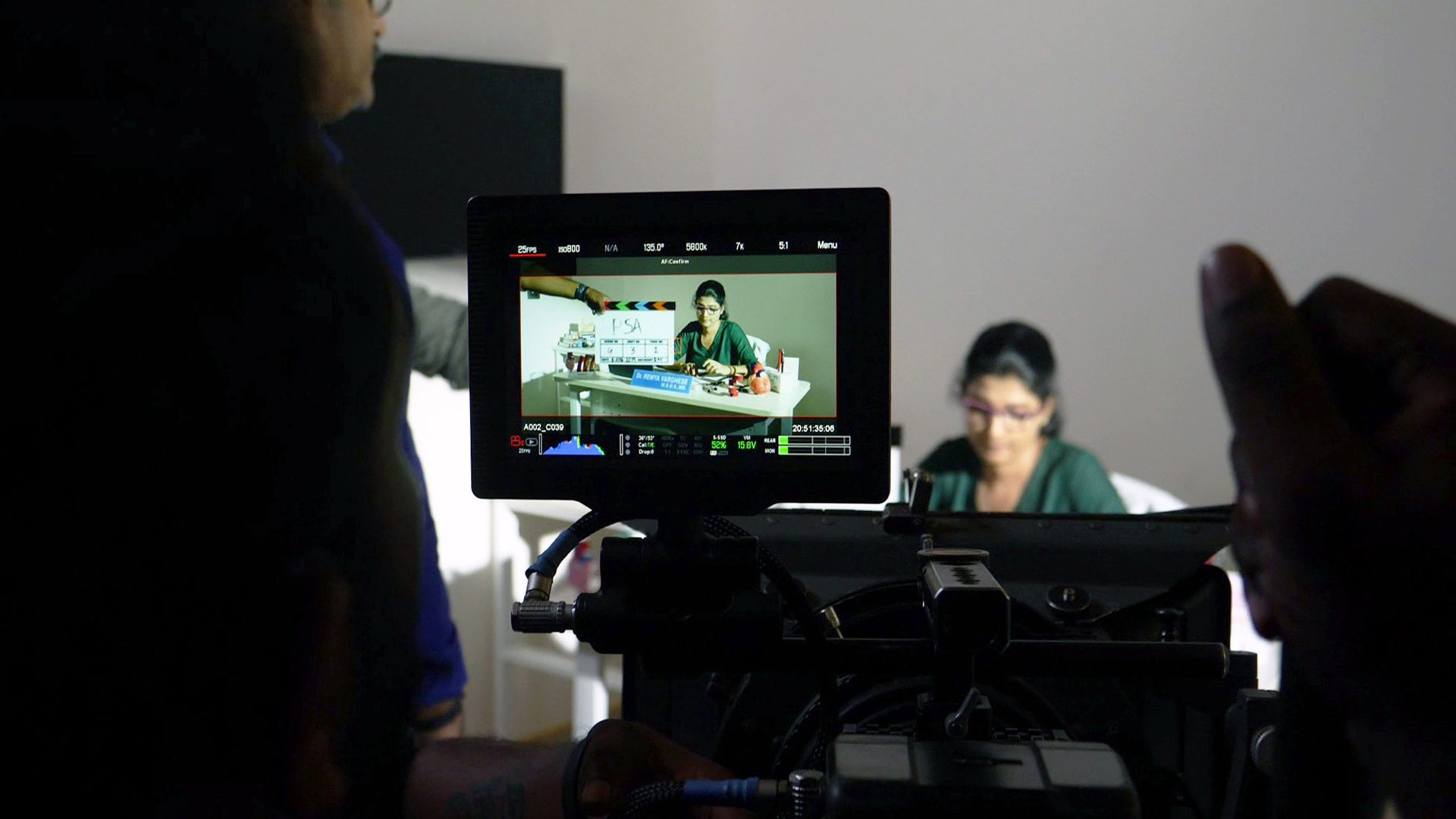
Master of Communication & Journalism
Duration
2 Years
Eligibility
Any Graduation
Programme Overview
The Master of Communication & Journalism (MCJ) is a two-year postgraduate programme affiliated with Mahatma Gandhi University. Designed to meet global academic and industry standards, the programme offers a rigorous and dynamic curriculum that blends theoretical foundations with practical training in media and communication.
Offered by SHSC, the programme addresses the growing demand for quality education in journalism and media studies. It provides an ideal platform for aspiring journalists and communication professionals to develop the skills, ethics, and creativity required to thrive in today’s fast-paced media landscape.
Key areas of focus include:
- News Reporting & Editing
- Broadcast Journalism
- Public Relations & Corporate Communication
- Advertising & Media Planning
- Visual Communication & Content Creation
- Media Ethics & Communication Theory
The MCJ programme fosters critical thinking, responsible storytelling, and strategic communication, preparing graduates to become influential voices in journalism, media, and public discourse.
Career Pathways
Graduates of the MCJ programme are equipped for diverse roles, including:
- Journalist (Print, Broadcast, Digital)
- News Editor & Reporter
- Public Relations Officer
- Corporate Communications Specialist
- Advertising & Media Strategist
- Content Creator & Visualizer
- Perception Manager
- AI Production
- Communication Researcher
Curriculum Structure
Break down the programme semester-wise into following categories:
Software & Tools Taught
- Photography
- Videography
- Television Program production
- Digital media production
- Adobe InDesign
- Adobe Photoshop
- Adobe premiere pro
- AI media production
Internships & Industry Exposure
Types of Internships that we are providing
-
- Journalism: Work with newspapers, magazines, or online news platforms, developing reporting and writing skills.
- Digital Media: Intern with digital media companies, creating content for social media, websites, or blogs.
- Public Relations: Assist PR agencies or corporate communication teams, managing media relations and crisis communication.
- Advertising: Gain experience in advertising agencies, working on campaigns, media planning, and creative development.
Industry Exposure
-
- Industry Events: Attend conferences, workshops, and seminars to stay updated on industry trends and network with professionals.
- Guest Lectures: Invite industry experts to share their experiences and insights, providing students with valuable knowledge.
- Industry Visits: Organize visits to media companies, advertising agencies, or PR firms, giving students a behind-the-scenes look at the industry.
- Mentorship Programs: Pair students with industry professionals, providing guidance and support in their career development.
Benefits of our Industry Exposure
-
- Stay Updated: Stay current with industry trends, technologies, and best practices.
- Networking: Build relationships with industry professionals, potentially leading to job opportunities.
- Practical Knowledge: Gain practical knowledge and skills, making you more employable.
- Career Clarity: Gain clarity on career paths and opportunities, helping you make informed decisions.
Facilities & Infrastructure
- Media Centre: Equipped with cutting-edge multimedia facilities for creative endeavors, such as video production, editing suites, and audio recording studios.
- Recording and Editing Studios: Well-furnished studios for practical training in audio-visual production
- Library: A vast repository of books, journals, and digital resources for academic pursuits, including a collection of books on mass communication, journalism, and media studies.
- Computer Labs: Well-equipped computer labs with high-speed broadband facilities, software, and hardware for hands-on learning, such as video editing, graphic design, and digital media production.
- Digital Classroom: Digitally equipped classrooms for online learning and virtual lectures.
- Internet Connectivity: Seamless Wi-Fi connectivity across the campus
Notifications